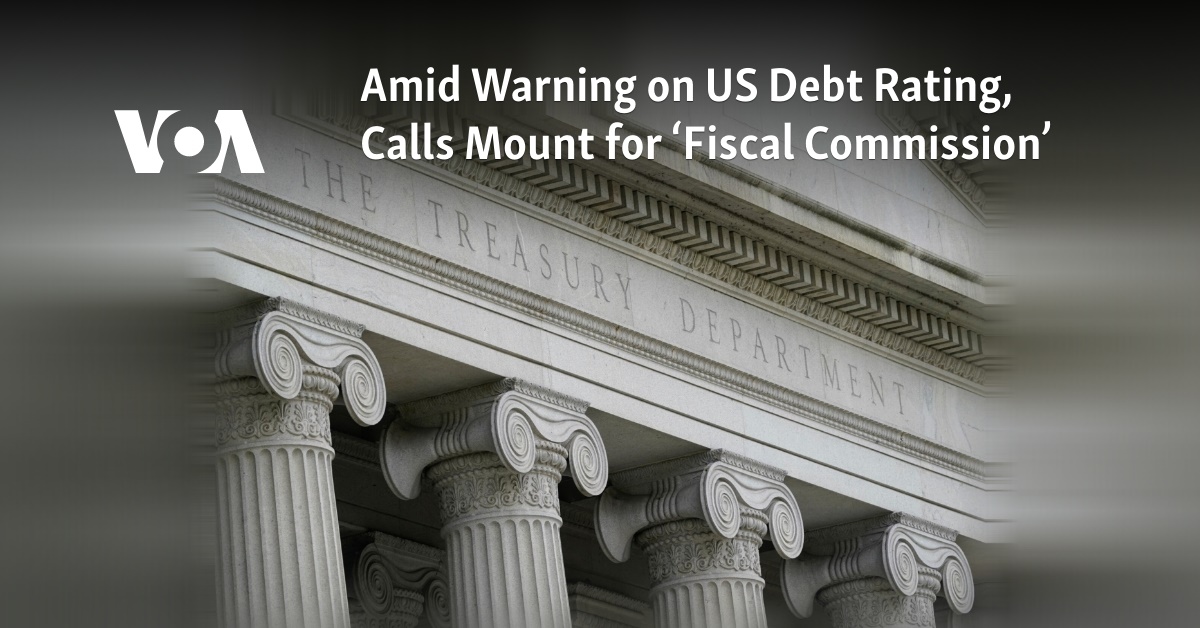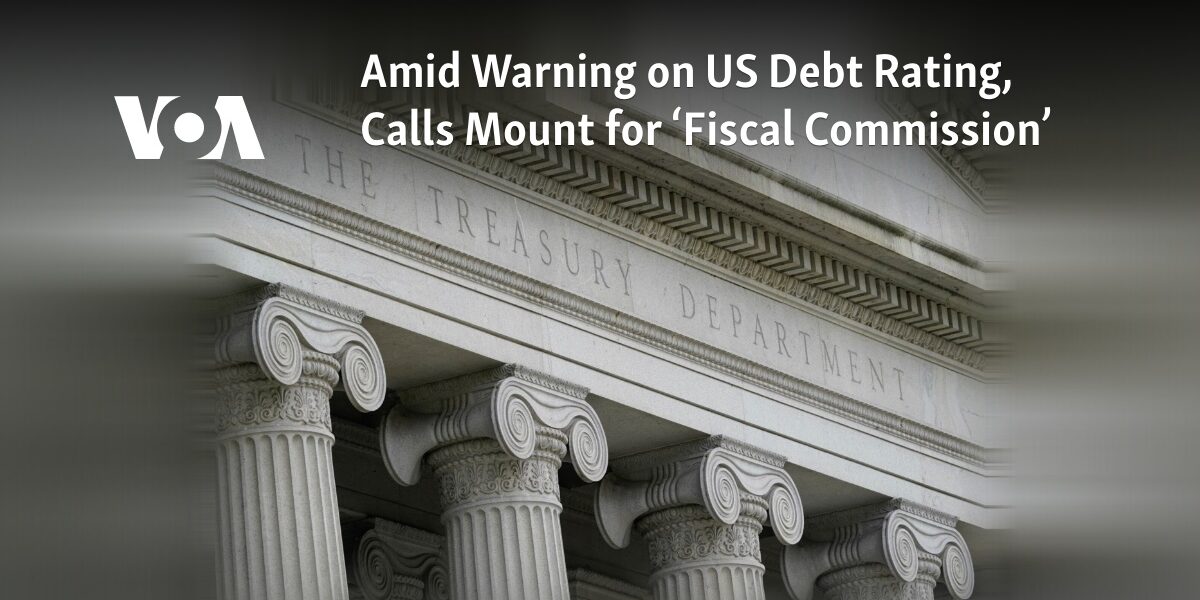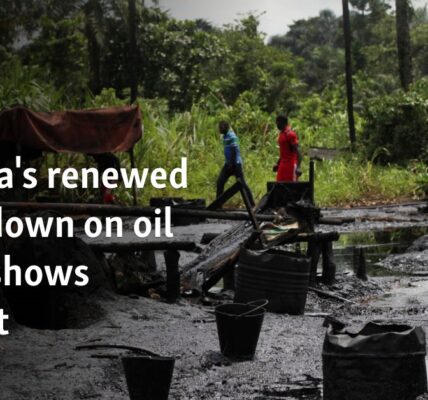As concerns about the credit rating of the US continue to arise, there is increasing demand for the establishment of a “Fiscal Commission”.

As the possibility of a government shutdown approaches and the federal deficit continues to rise, Moody’s bond rating firm has downgraded its outlook for U.S. Treasury debt from “stable” to “negative” on Friday.
Moody’s, the sole credit ratings agency that still views U.S. debt as worthy of its highest rating, may soon downgrade its evaluation.
The ratings agency reaffirmed its current highest rating of Aaa and noted that the U.S. economy still has many strengths and advantages. However, in a negative evaluation of the government’s ability to handle upcoming fiscal issues, the firm cautioned of potential difficulties ahead.
According to Moody’s, in a situation where interest rates are high, the U.S. will continue to have large fiscal deficits if measures aren’t taken to decrease government spending or increase income. This will greatly reduce the ability to manage debt. The company also stated that the ongoing political divide within the U.S. Congress increases the likelihood that future administrations will struggle to come to an agreement on a plan to improve debt affordability.
This development is expected to prompt an increase in demands for the federal government to form a “fiscal commission” consisting of knowledgeable individuals. Their role would be to create a strategy for modifying federal expenditures and the tax system to address the country’s present requirements.
Interest rate changes
Moody’s update reflects the fact that the time of extremely low interest rates, which made it easy for the government to borrow money, has ended. This means that the cost of ongoing deficit spending, where the U.S. borrows money to cover expenses that exceed income, is significantly increasing.
According to the company’s estimates, the interest payments on U.S. debt will make up 26% of federal revenues by 2033, compared to 9.7% in 2022.
Other credit rating agencies share Moody’s increasing concern over the long-term sustainability of the United States’ $34 trillion debt.
Previously, Standard & Poor’s stood apart from other rating agencies. In the midst of a fiscal crisis in 2011, S&P downgraded the U.S. from AAA to AA+ and has continued to keep it at that level. In August, Fitch Ratings followed suit and also downgraded U.S. debt from its highest AAA rating to AA+.
Taxpayers for Common Sense president Stephen Ellis stated in an email conversation with VOA that the recent downgrade by Moody’s was not a surprise, given the poor state of the nation’s finances and mismanagement of the budget. With a staggering $33.7 trillion in debt and annual payments of $660 billion towards debt servicing, constantly facing budget crises is a failure on the part of policymakers. The country is once again headed towards a potential government shutdown, despite it being avoidable.
Inflection point
Although the government’s debt growth rate has not significantly changed, some people are questioning if Moody’s announcement, along with the higher possibility of interest rates staying above current levels for a longer period, could be a crucial moment for the country.
David Wessel, the director of the Hutchins Center on Fiscal and Monetary Policy at the Brookings Institution, predicts that in the future we may view this period as a time when the debt and deficit once again became a significant political issue after not being one for a while.
There appears to be a heightened level of concern about this, partly due to the significant increase in long-term yields,” Wessel explained to VOA. “In this type of situation, any cautionary statements from a credit rating agency, unexpected poll results, or unforeseen remarks from a more cautious economist, tend to receive more notice – and rightfully so.”
Fiscal commission pondered
The Moody’s announcement has some deficit watchdogs renewing calls for the creation of a “fiscal commission” empowered to come up with a plan to address the nation’s revenues and spending.
A group of politicians from both parties in Washington proposed a new law in September to establish a committee. This committee would consist of 16 members, with six from the House of Representatives and six from the Senate, equally represented by both parties. The remaining four members would be experts chosen by Democrats and Republicans, with two from each side.
The commission’s task is to create a strategy that will maintain the country’s debt-to-GDP ratio at or below 100% within a decade. Additionally, they will suggest modifications to ensure the sustainability of federal programs such as Medicare and Social Security, and explore adjustments to federal spending and revenue collection in order to achieve these objectives.
According to the proposition, if a majority of members from both parties in the committee agree on a final set of recommendations, the plan will receive a vote in Congress without the ability for any changes to be made.
Best chance
Maya MacGuineas, president of the Committee for a Responsible Federal Budget, believes that a fiscal commission offers the greatest opportunity for progress at this time. This is because it allows politicians to develop relationships, establish trust, thoroughly examine the issue, and acknowledge its complexity rather than relying on simplistic beliefs.
There have been similar instances of establishing a commission like this.
In 2010, Former President Barack Obama established the National Commission on Fiscal Responsibility and Reform with the same objective. This commission, also referred to as the Simpson-Bowles Commission after its co-chairs Alan Simpson and Erskine Bowles, developed a thorough restructuring plan for American expenditures, including entitlement programs and the tax system.
Source: voanews.com




